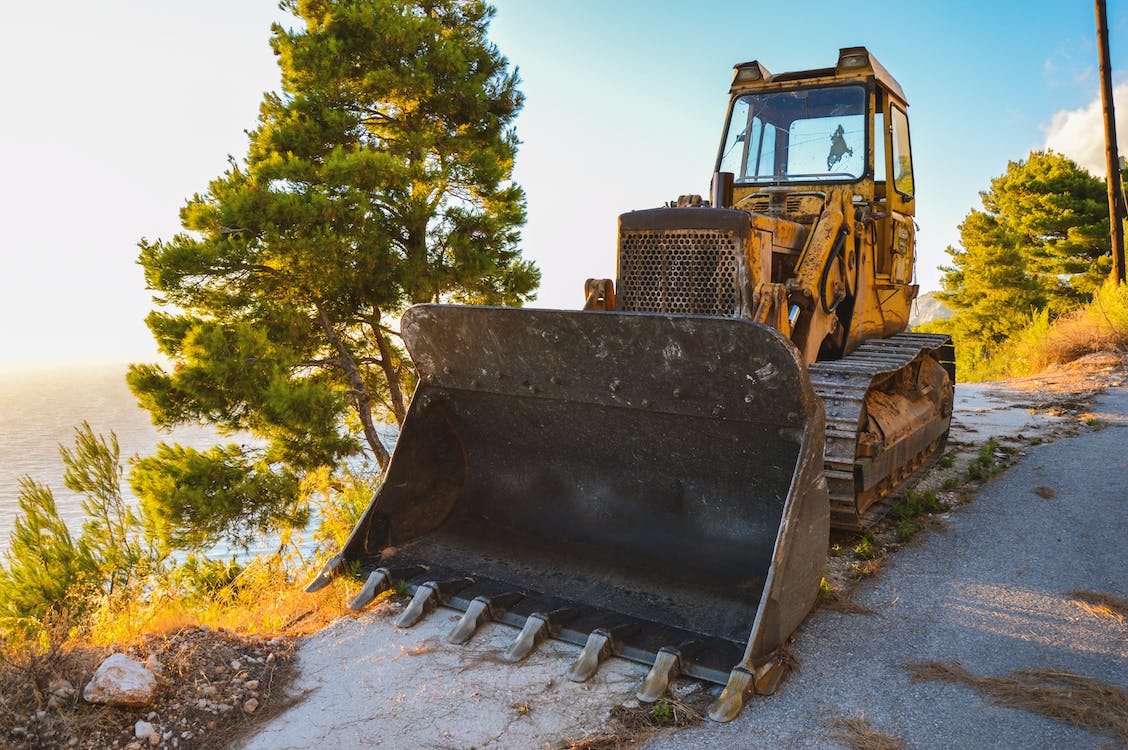Today’s commercial climate is eco-conscious. Scalable business practices must also be sustainable, informed by universal environmental action initiatives for land-clearing techniques. This is especially significant for the construction industry, a large-scale contributor to the estimated 15 billion trees that are removed annually in order to clear land for human use. The need of careful land-clearing technique is higher than ever.
For construction companies to thrive, they need to pay careful attention to developing ecological techniques. This applies to all aspects of the building process, including the actions involved in land clearing.
It is during this preparatory stage, that vital steps towards mitigating ecosystem damage and minimizing greenhouse emissions can be introduced.
Table of Contents
Retain Where Possible
Trees, by nature’s design, are effective at carbon capture, provide natural cooling through evapotranspiration, and establish microclimatic conditions that reduce energy consumption.
Planning a project to retain some of a site’s mature trees, and integrate them into a building’s open spaces or garden areas, is a creative eco-friendly land-clearing approach. Trees marked for reclamation may still sustain injuries to their roots, bases, and branches during clearing.
In these instances, the type of equipment used can minimize the risk of damage to trees deemed conservable. Restricting land clearing during hot and dry weather can also assist in reducing root damage, whilst covering any exposed roots should accelerate their healing.
Trees marked for preservation should be kept well watered at all times, especially prior to and following land-clearing actions. An alternative to retaining trees and bushes is to plant twice as many new trees as are removed during land clearing.
Ensure Compliance
Engaging with reputable and robust land-clearing services that embrace eco-friendly principles, is key to successful construction project completion.
This can be implemented through internal employees where the skillsets are available, or through contractual outsourcing.
Compliance with local laws is an essential ingredient to staying on course environmentally. Scheduled land-clearing activities must take into account any specific local area regulations or restrictions regarding such activities. These may include directives involving water runoff or stormwater collection and distribution methods.
The protection of certain trees or waterways can be another major controlling factor. Competent land clearing consultants will also investigate if there are any abandoned underground or above-ground utilities or structures that need removal, and plan how this can be achieved with minimal environmental disruption.
Selecting the Right Saws
Traditional bulldozing techniques often push trees and bushes without killing them, leaving plants scarred and degraded, Chain saws, which can result in less erosion, are unfortunately not usually suitable for large-scale construction projects.
Horizontal grinders are an often favorable choice as they produce less dust and debris, resulting in cleaner clearing practices.
When clearing land with dense vegetation, forest mulching can be adopted to shred vegetation and convert it into nutrient-rich mulch for repurposing elsewhere and promoting local ecosystem growth. All these equipment techniques encourage a deviation from traditional burning and felling activities.
A preserve where-possible approach to commercial land clearing is the gold standard in creating construction practices that are as eco-friendly as they are functional and affordable. 2023 and beyond demands the commercial construction industry commit to incorporating more trees and plants into its project designs, as well as engaging with land preparation techniques that provide the least disruption to nature’s delicate balance.
Conclusion
Now that you have learned about the land-clearing techniques, make sure to go through the official set of policies and regularities to follow up. These practices are eco-friendly, however, hiring a professional to do the job sounds just about right. This way you can preserve the right land without doing any unnecessary damage to the property.





